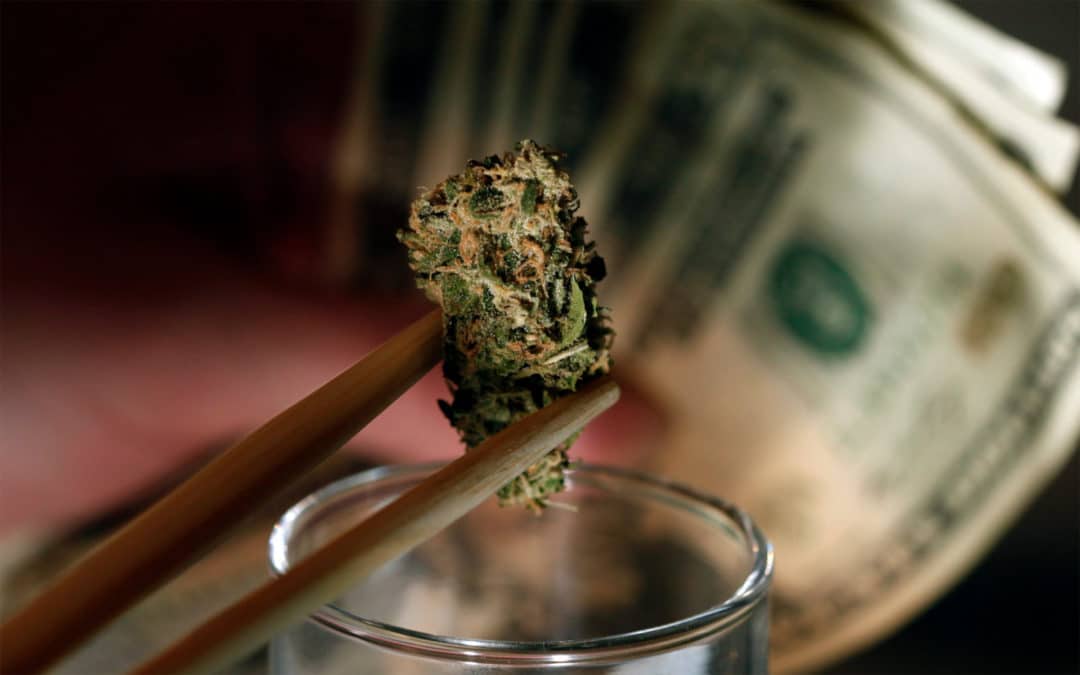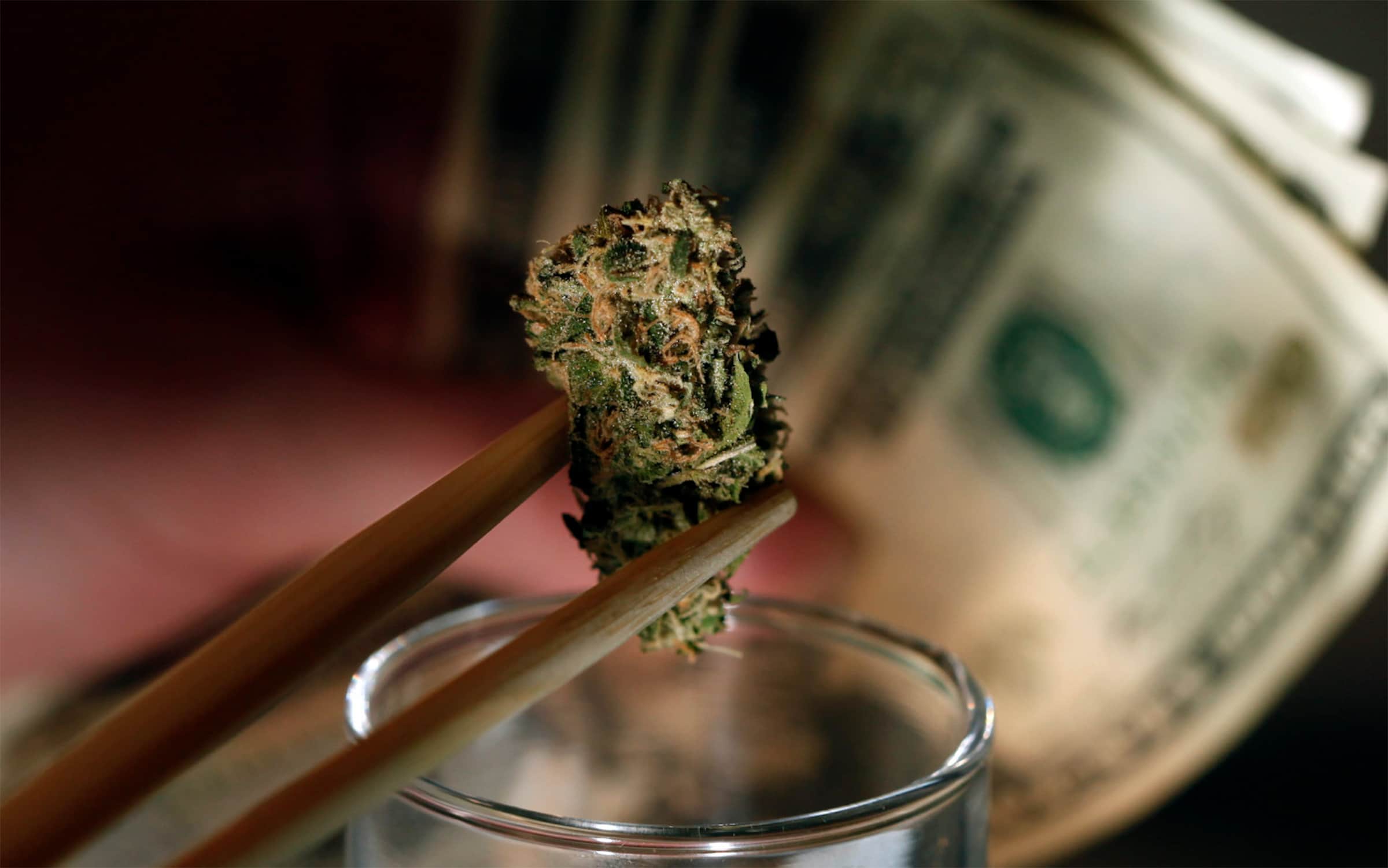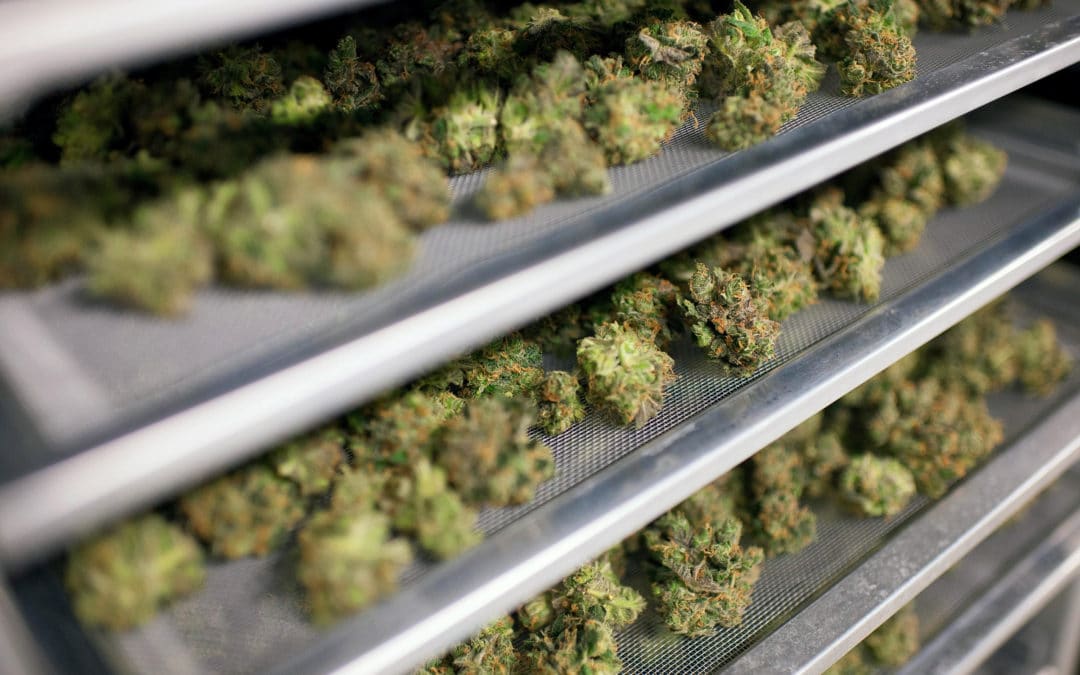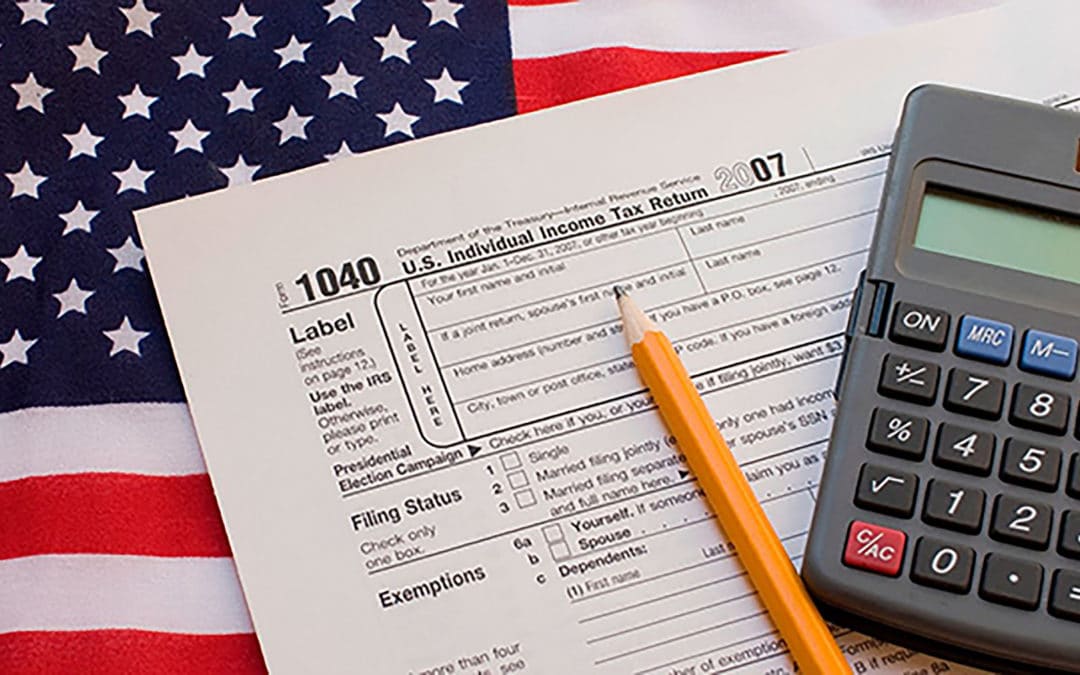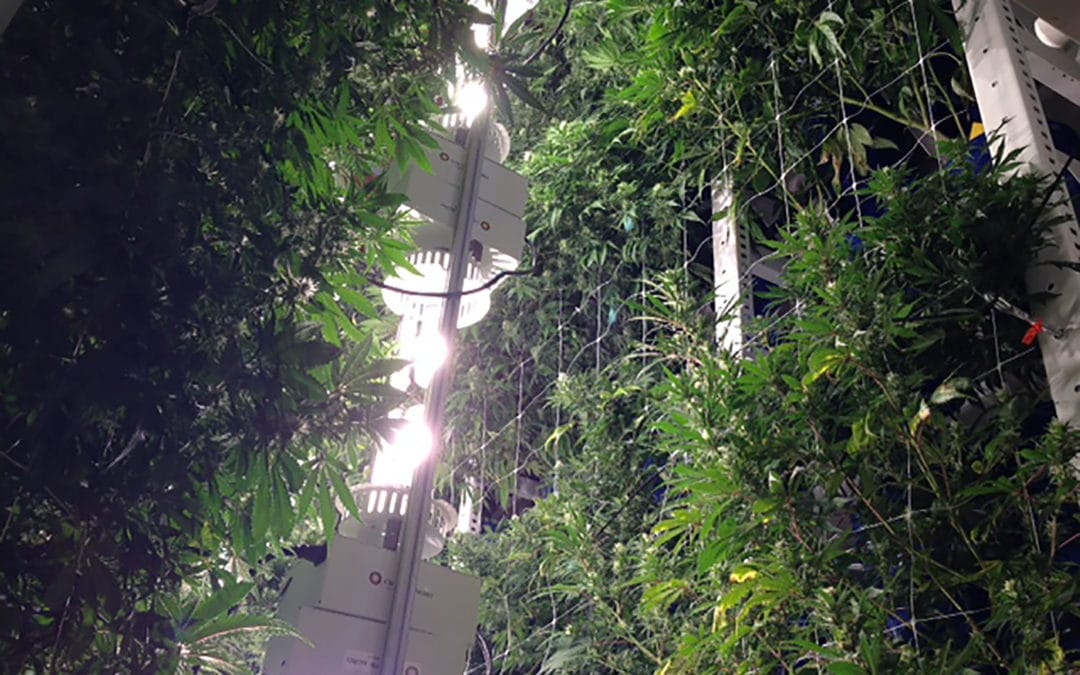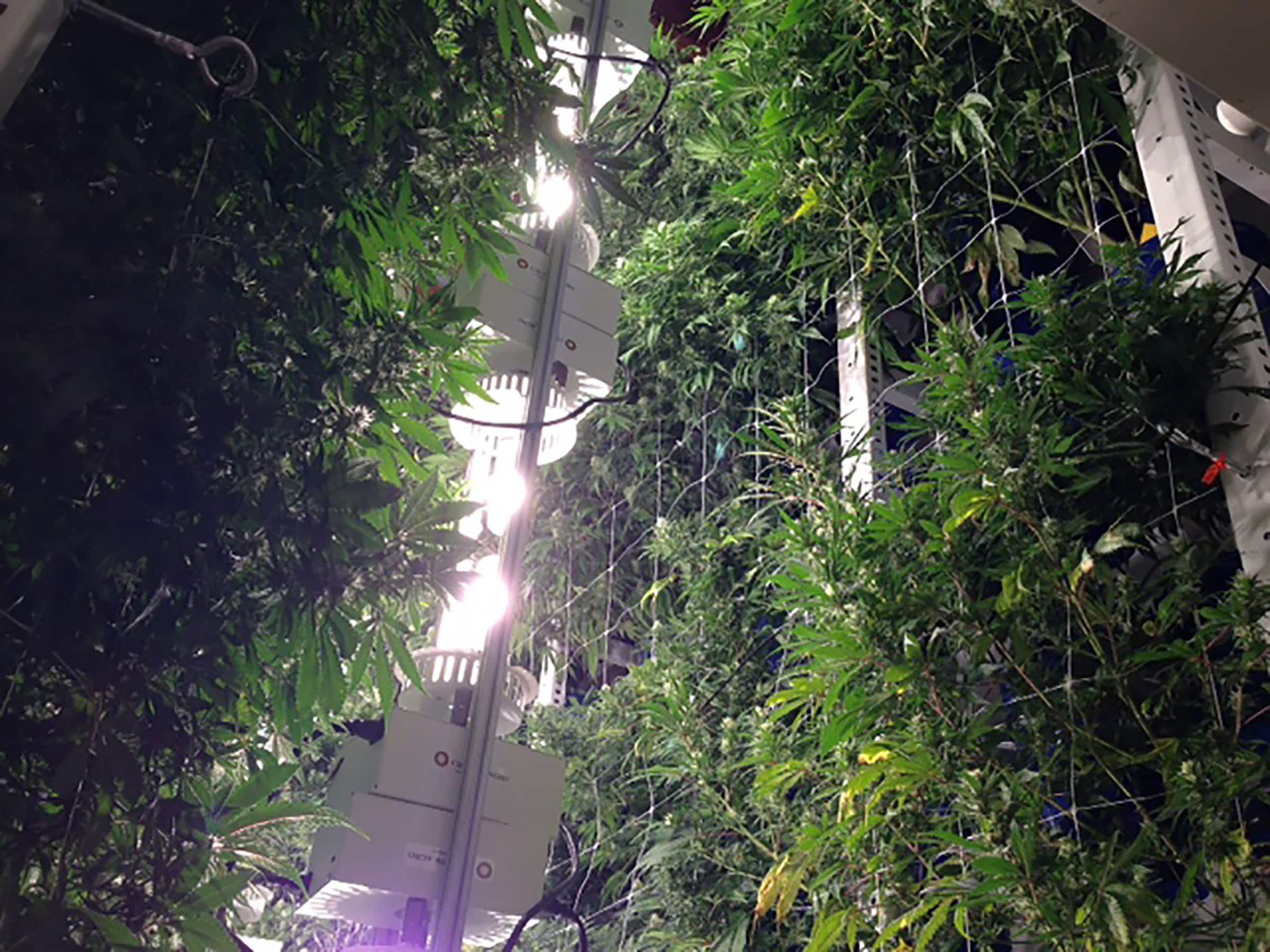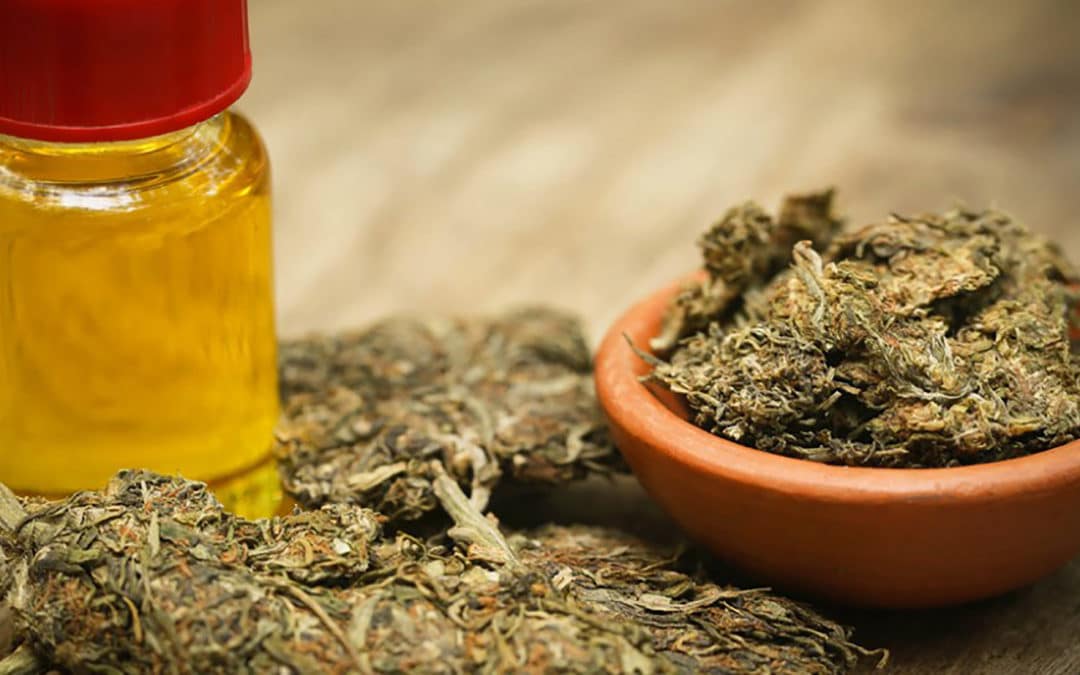
Cannabis Extract Sales Soaring in Colorado
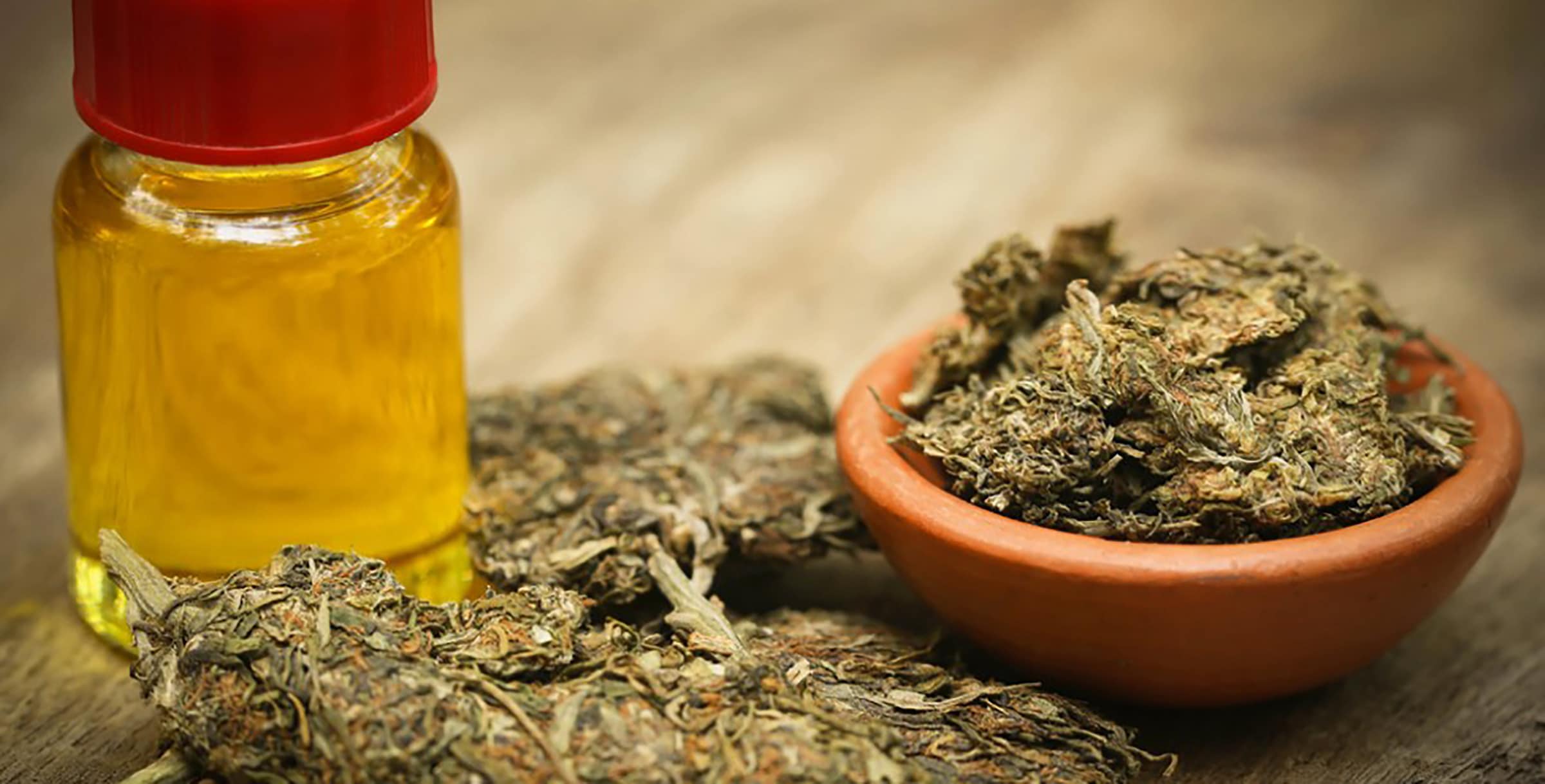
Cannabis concentrates or marijuana extracts, are without question the new frontier of cannabis consumption. According to recent reports, the demand for concentrates in Colorado was up by nearly 125% for the first quarter of 2016 over the previous year.
Whats the deal with cannabis extracts?
The demand for cannabis extracts, also known as concentrates has sparked a wave of innovation and scientific advancement in extraction technology, and has resulted in a significant portion of the overall cannabis market sales. Cannabis extracts can be used in cooking and tinctures, but are primarily consumed by dabbing. Dabbing involves the vaporization of THC-rich cannabis oil, typically extracted from the trimmings of the cannabis plant. Extraction techniques involve the injection of high pressured gas, through cannabis trim, resulting in a concentrated oil, wax, or hard shatter.
Cannabis extract sales TerpX
While flower sales will always be popular, their growth pales in comparison to that of cannabis extracts who went from just under $27 million in early 2015 to over $60 million by the end of the first quarter of 2016. That sort of increase in market share undoubtedly caught the attention of would-be cannabis investors looking for the next big thing in the marijuana business.
Anyone familiar with extracts and dabbing knows about TerpX, the Colorado based concentrate company. Jordan Psigoda has taken his connoisseur concentrate brand TerpX to the High Times Cannabis Cup and come home with no less than five awards. Their Lemon Amnesia Shatter, Kosher OG, and San Lorenzo Valley OG have all made waves in the world of high end dabbing. But what goes into the best of the best of concentrates? According to Jordan, its all about terp profiles.
Why are cannabis extracts all the rage?
So why the cannabis extracts blowing up right now? Here’s the deal. Terpenes are the invisible hand behind the THC and cannabinoids that marijuana is usually known for. Terpenes are responsible for the incredible aromas, and scents we taste as we inhale our favorite strains. The various extraction processes that have come to be are able to isolate these terpenes, which have been shown to have a profound effect on our buzz. Various terpenes appear to have varying effects in not only our mood, but also in how THC and CBD interact with the body.
There are half dozen primary terpenes that make up the majority of cannabis flavors and aromas. These terpenes, however, do more than just affect taste and smell, they have a direct impact on our experience. For example, Limonene is what gives cannabis its citrusy scent. It is also believed that strains high in Limonene are more likely to have a soothing or relaxing effect. Myrcene is another terpene that has an earthy smell, and appears to increase the flow of THC and CBD through what is known as the blood-brain barrier. Terpenes, as it seem, are far more important to our understanding of cannabis than we previously could have imagined.
Cannabis concentrates are the future
The science of cannabis extraction has not only produced new methods and techniques, it has helped carve out an entirely new industry. The increased demand for cannabis extracts are evident in the numbers. As cannabis sales continue to grow throughout the nation, extract sales are sure to follow. There will never be a shortage of cannabis consumers who want frosty green nuggets, however, extracts are sure to give flower sales a run for their money in the years to come. The growth of concentrate sales and the development of advanced extraction technology marks a new era for an industry that is never short on innovation.

